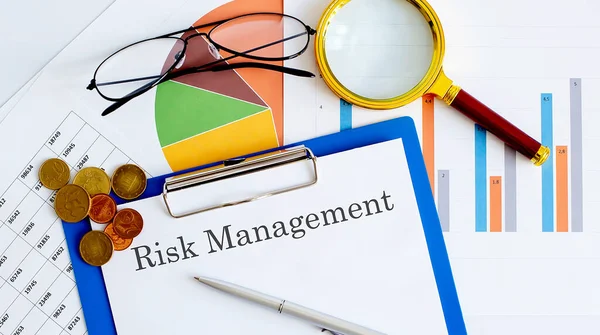Forex Trading Strategies: A Comprehensive Guide

Forex trading, or foreign exchange trading, is the act of buying and selling currency pairs in the global market. As one of the most liquid and dynamic financial markets in the world, forex offers numerous opportunities for traders. However, succeeding in forex trading requires a well-thought-out strategy. In this article, we’ll explore various forex trading strategies that can enhance your trading experience and improve your chances of success.
Understanding the Basics of Forex Trading

Before diving into strategies, it’s crucial to understand the basics of forex trading. The forex market operates 24 hours a day, five days a week, and involves trading currency pairs such as EUR/USD, GBP/USD, and USD/JPY. The goal is to profit from the fluctuations in exchange rates between these pairs.
Key Concepts:
- Currency Pairs: Each pair consists of a base currency and a quote currency.
- Pip: The smallest price movement in a currency pair.
- Leverage: Allows traders to control larger positions with a smaller amount of capital.
- Spread: The difference between the bid and ask price of a currency pair.
Analyzing Market Trends for Better Decisions

Analyzing market trends is fundamental to developing effective forex trading strategies. Understanding whether the market is trending or ranging can help traders make informed decisions.
Trend Analysis Techniques:
- Moving Averages: Used to identify the direction of a trend by smoothing out price data.
- Trend Lines: Drawn on charts to indicate the overall direction of the market.
- Bollinger Bands: Help gauge market volatility and potential reversal points.
Risk Management: Protecting Your Investments

Risk management is crucial in forex trading to protect your investments from unforeseen market movements. Proper risk management can mean the difference between sustained success and significant losses.
Practical Tips:
- Set Stop-Loss Orders: Automatically close a trade at a predefined loss level.
- Use Proper Position Sizing: Ensure that no single trade can significantly impact your capital.
- Diversify Your Trades: Spread risk by trading different currency pairs.
The Role of Technical Analysis in Forex

Technical analysis involves studying past market data to predict future price movements. It’s an essential tool for forex traders looking to identify entry and exit points.
Common Technical Indicators:
- Relative Strength Index (RSI): Measures the speed and change of price movements.
- Fibonacci Retracement: Identifies potential support and resistance levels.
- MACD (Moving Average Convergence Divergence): Indicates momentum changes.
How to Create a Diversified Forex Portfolio

Creating a diversified forex portfolio can help manage risk and maximize returns. Diversification involves spreading investments across different currencies and strategies.
Steps to Diversify:
- Research Different Currencies: Understand the economic factors affecting each currency.
- Mix Long and Short Trades: Balance bullish and bearish positions.
- Incorporate Different Time Frames: Trade using short, medium, and long-term perspectives.
Comparative Table: Long-term vs. Short-term Forex Strategies
| Aspect | Long-term Strategy | Short-term Strategy |
|---|---|---|
| Time Frame | Weeks to months | Minutes to hours |
| Risk Level | Lower risk due to broader analysis | Higher risk due to rapid movements |
| Capital Required | Typically larger capital | Can start with smaller capital |
| Technical Analysis | Focus on macroeconomic indicators | Focus on technical chart patterns |
| Emotional Stress | Lower due to less frequent trades | Higher due to fast-paced environment |
Common Mistakes and How to Avoid Them
Avoiding common mistakes is essential for success in forex trading. Many traders fall into traps that can lead to significant losses.
Mistakes to Avoid:
- Overleveraging: Using too much leverage can amplify losses.
- Ignoring Economic Events: Failing to account for news releases and economic data can lead to unexpected market movements.
- Chasing Losses: Trying to recover losses by entering impulsive trades can lead to further losses.
Tips for Avoidance:
- Educate Yourself: Stay informed about market news and updates.
- Stick to Your Strategy: Adhere to your trading plan and avoid emotional decisions.
- Regularly Review Trades: Analyze past trades to learn from mistakes.
In conclusion, successful forex trading requires a combination of knowledge, strategy, and discipline. By understanding market dynamics, employing robust risk management, and learning from common mistakes, traders can enhance their likelihood of achieving consistent returns in the forex market. Remember, the key to long-term success is continuous learning and adaptation.









Leave feedback about this